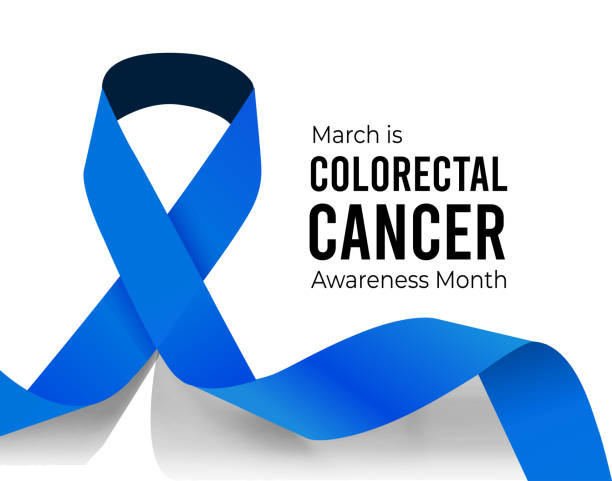Get to know ALS (Amyotrophic lateral sclerosis)

Amyotrophic lateral sclerosis, or ALS, is a type of motor neuron disease. It’s also known as Lou Gehrig’s disease after a famous baseball player who suffered the disease. Every year, 5000 people are diagnosed with this disease.

ALS affects neurons that control voluntary muscles, the muscles used for actions like chewing, talking and moving your arms and legs. ALS is progressive, meaning that muscles waste away over time making it difficult to walk, talk, swallow and eventually breathe. Most people with ALS usually die of respiratory failure when their lungs can’t get enough oxygen to the blood.

Although there’s no cure for ALS, the treatments are constantly improving. The right combination of treatments can slow the progression of the disease and help people with ALS live a good quality of life.
Risk factors for ALS include:
• Age: Older age between 55 – 75 years’ old
• Race and ethnicity: White people and non-Hispanics are most likely to get
ALS.
• Sex: Men have a higher risk than women
• Profession: Military veterans are also at a higher risk. It may be because they
got exposed to lead, pesticides and other toxins during their
service.
How does ALS affect the body?
As the motor neuron function continues to decline, signals cannot be sent to the muscles hence issues with mobility and daily life activities are affected.

The two types of motor neurons are:
•Upper motor neurons, the motor nerve cells in the brain and spinal cord. Their job is to send signals to lower motor neurons.
•Lower motor neurons, the motor nerve cells in your brain stem (lower part of your brain) and spinal cord. They receive instructions from the upper motor neurons. They then send messages to your muscles telling them to move.

•Most often, ALS affects both upper and lower motor neurons. There are different symptoms if mostly upper or mostly lower motor neurons are affected. Upper motor neuron disorders cause muscle stiffening. Lower motor neuron diseases cause a loss of muscle tone.
It also usually doesn’t affect your sexual, bowel or bladder functions. Memory problems develop in about half of patients diagnosed with ALS and are often mild. About 10% of patients develop dementia.
How is ALS diagnosed?
A physical examination and medical history will be gathered. Several tests are used to confirm this diagnosis:
•Blood and urine tests.
•A neurological examination to test your reflexes and other responses.
•Electromyogram (EMG) to measure the electrical activity of your nerves and
muscles.
•A nerve conduction study to test your nerves’ ability to send a signal.
•Magnetic Resonance Imaging (MRI) to look at your brain or spine for areas of
damage.
Last but not least, there are many assistive devices and therapeutics that can improve daily living. If you know someone suffering from ALS, look out for support groups and reach out to your healthcare providers for assistance.

Reference:
1. Hospital for Special Surgery. ALS (Amyotrophic Lateral Sclerosis).







